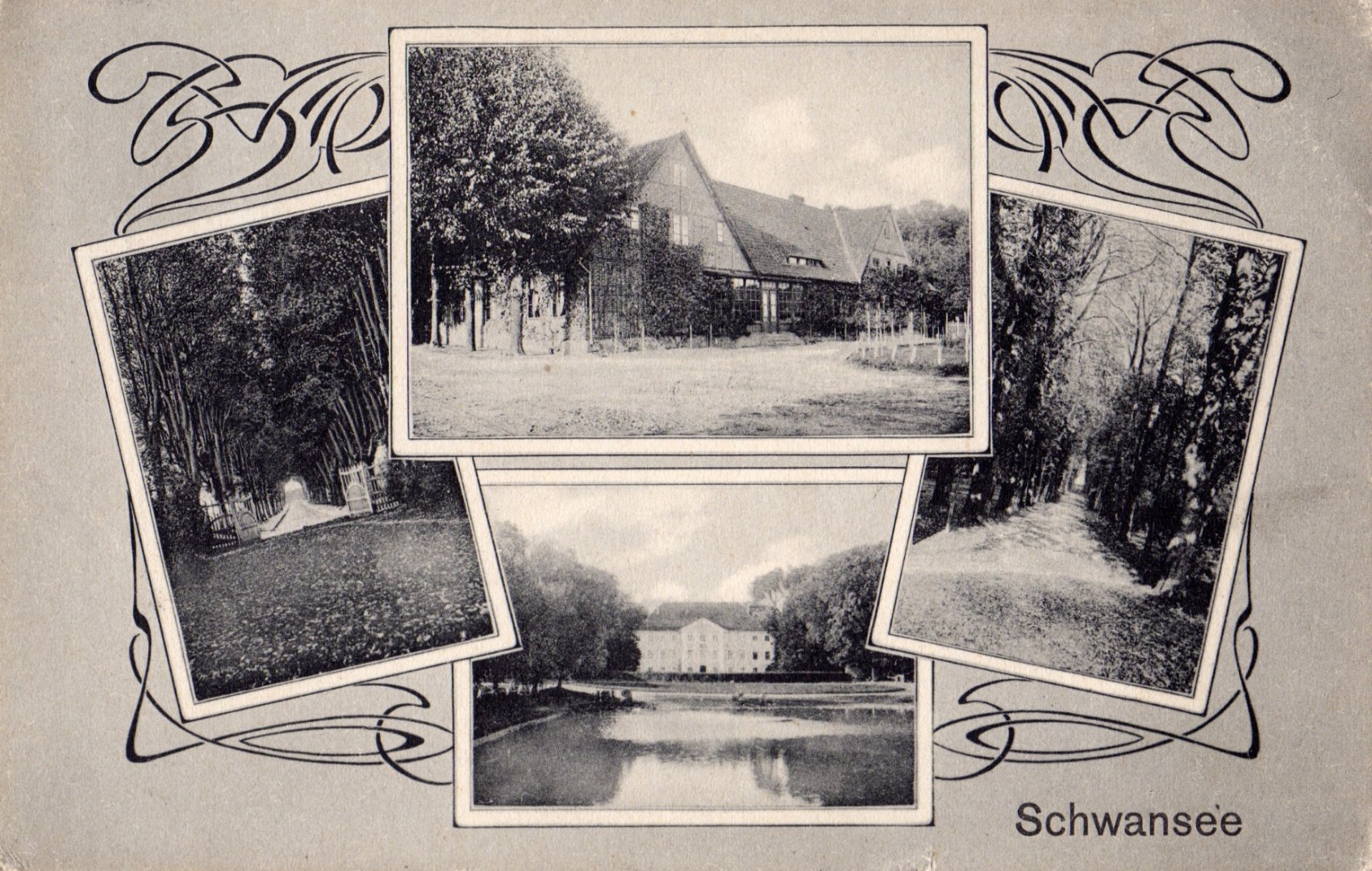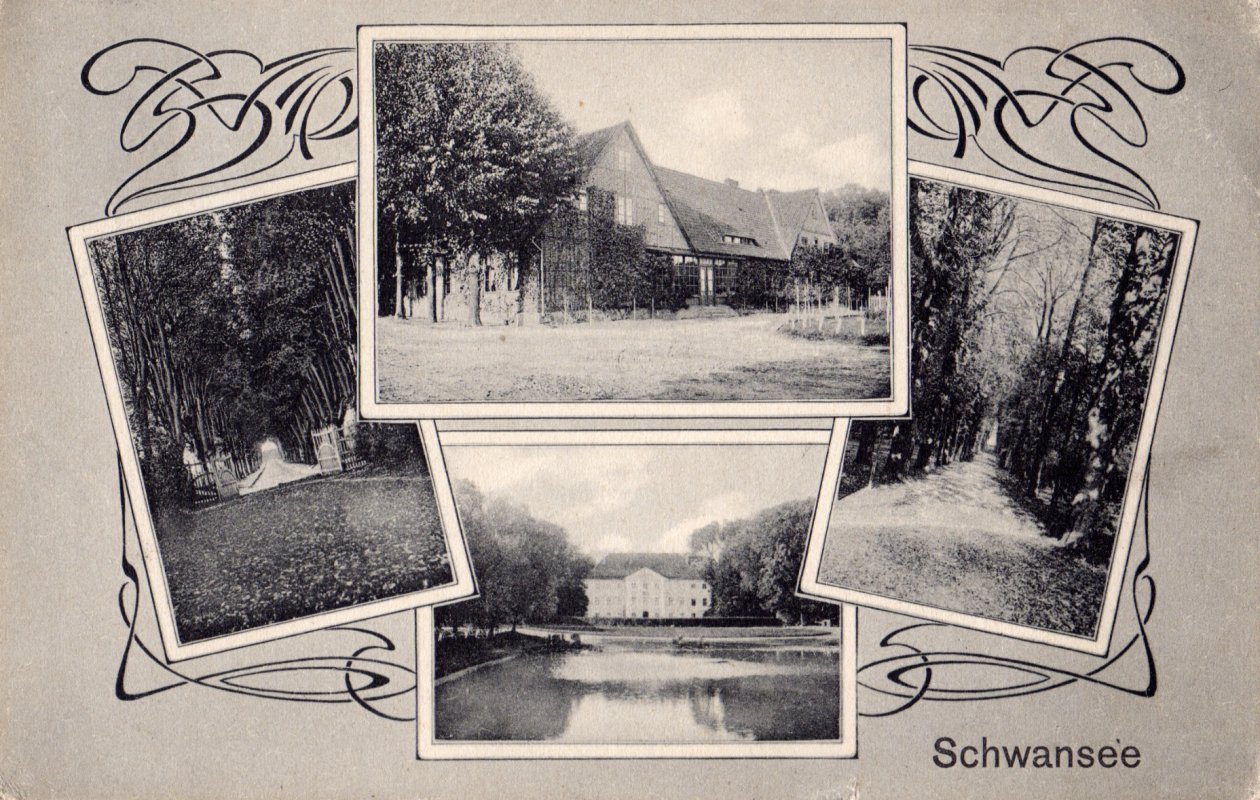Rückblick
Geschichte
Das feine, weiße Herrenhaus am Mecklenburger Ufer der Lübecker Bucht begrüßt seine Gäste mit den Worten „Ich habe es mit Gottes Gunst erbaut. Möge Gott der Beschützer, dem Errichteten wohl gesonnen sein.“
Hinzuzufügen wäre da nur: Ebenso seinen Gästen!
Das klassizistische Gutsgebäude aus dem Jahr 1745 entstand an einem wahrlich unvergleichlichen Platz mit Logenblick auf die Ostsee. Hier ist das Land weit, die Natur stark, der Strand natürlich und das Meer unendlich. Die Ursprünglichkeit der Landschaft gibt Kraft und Ruhe: Freiheit pur.
Mehr erfahren


